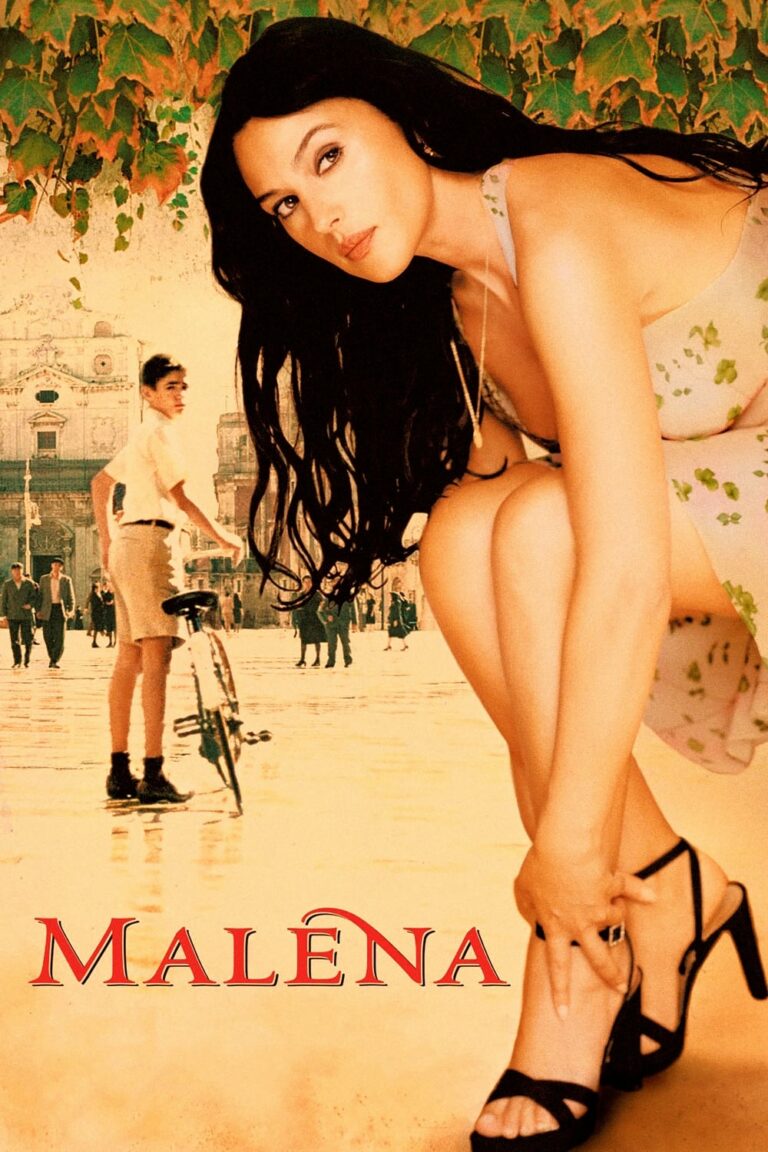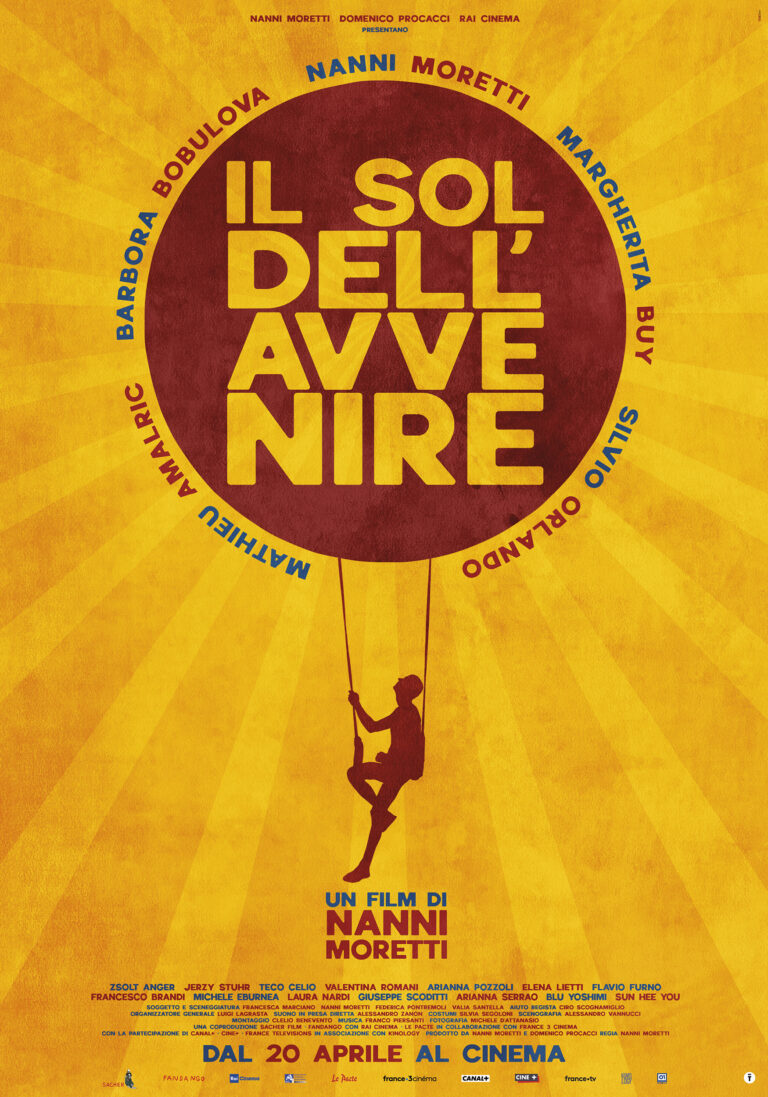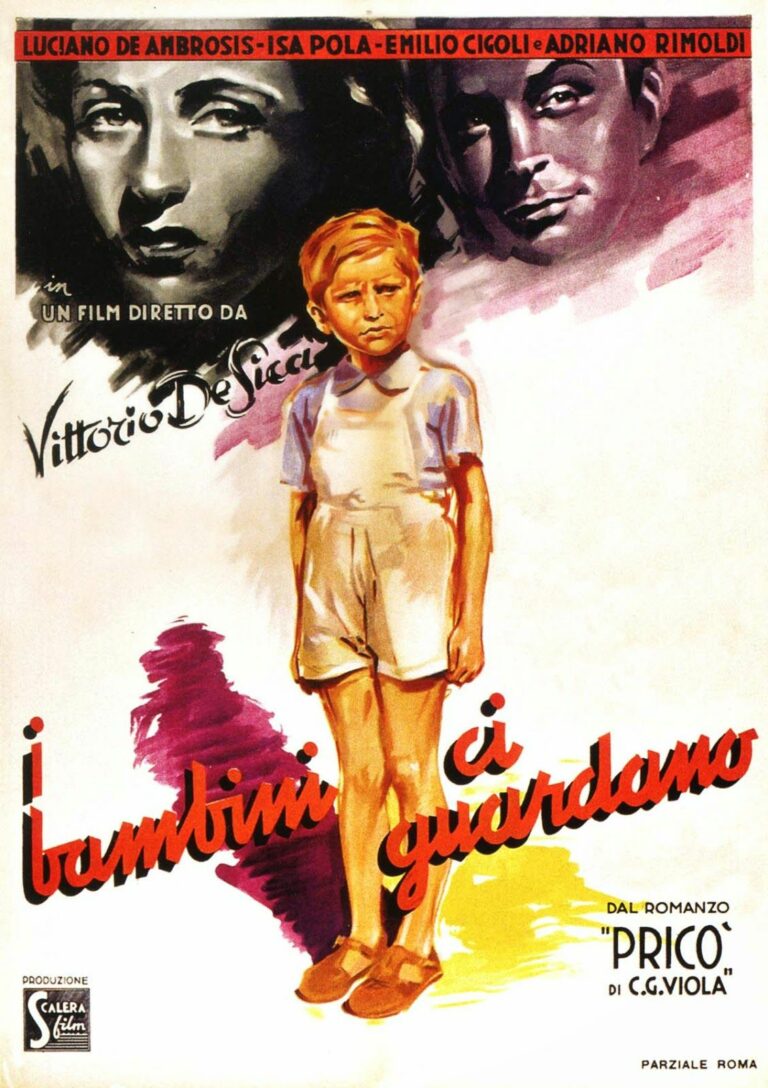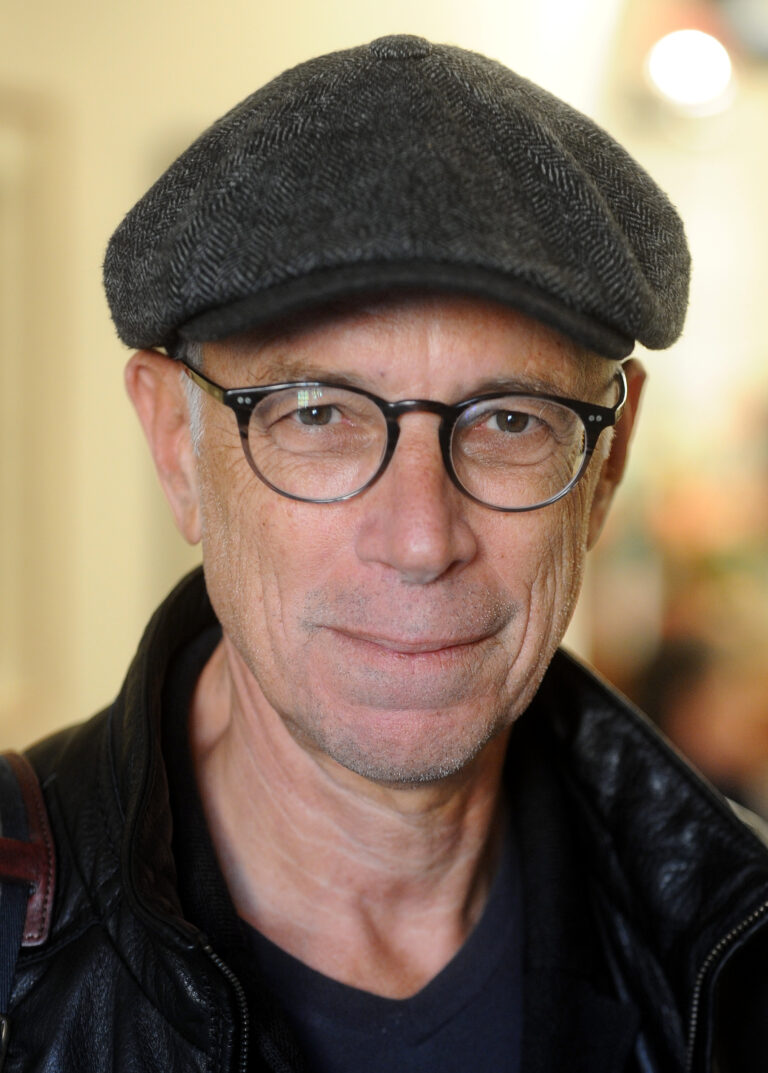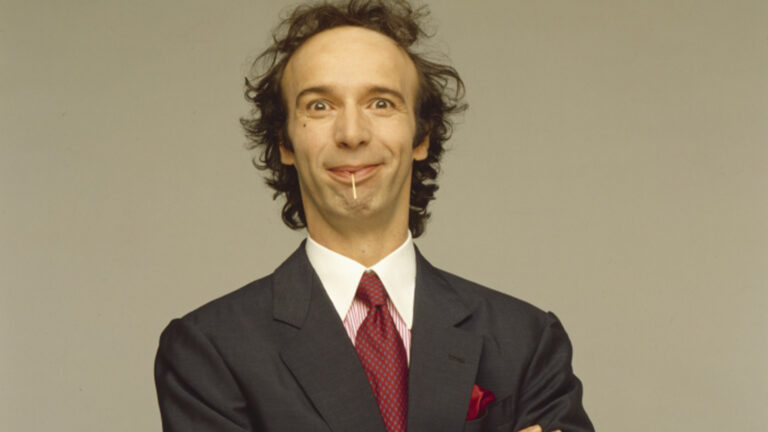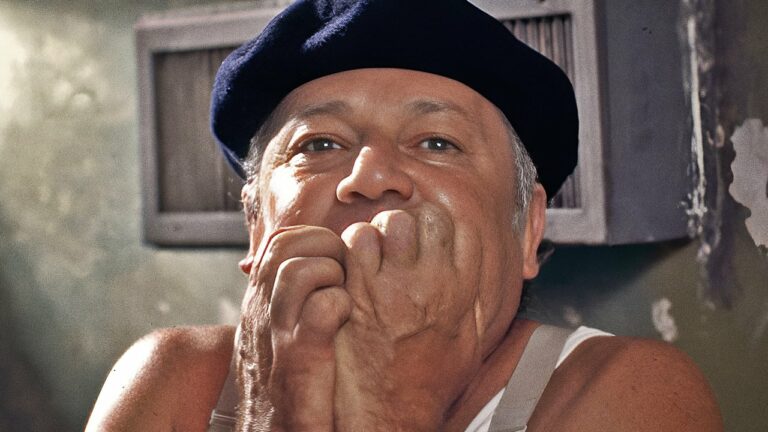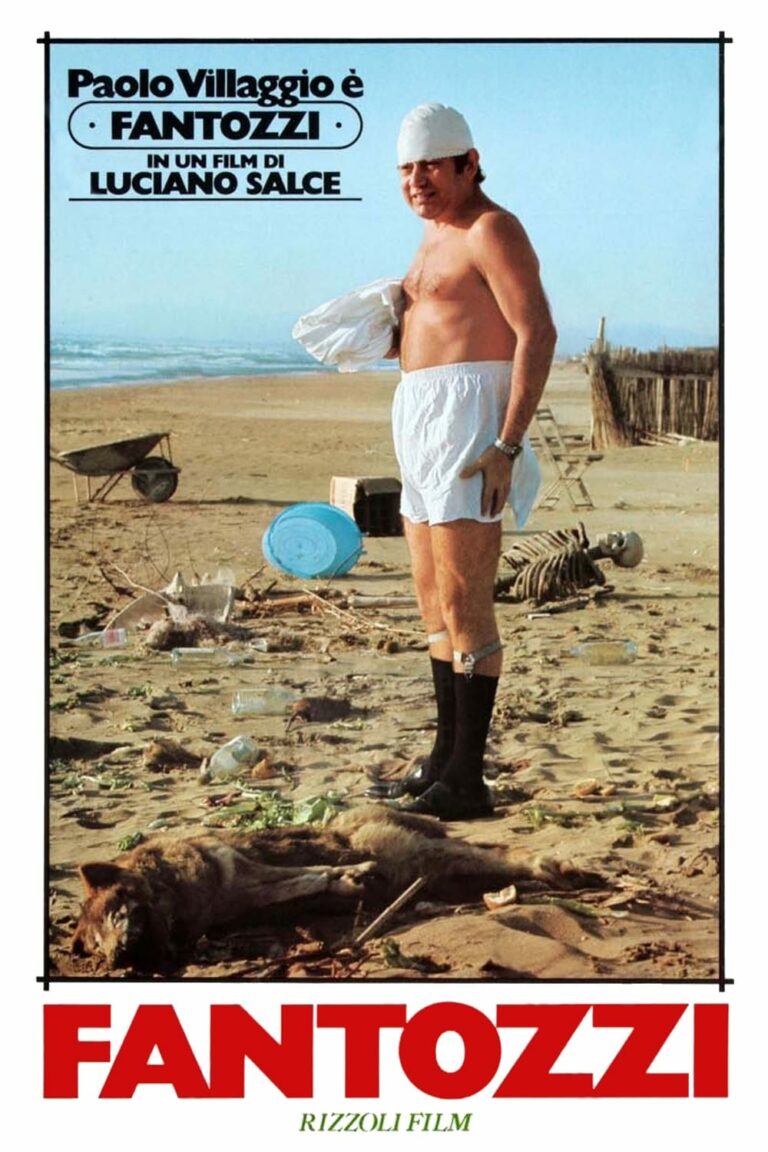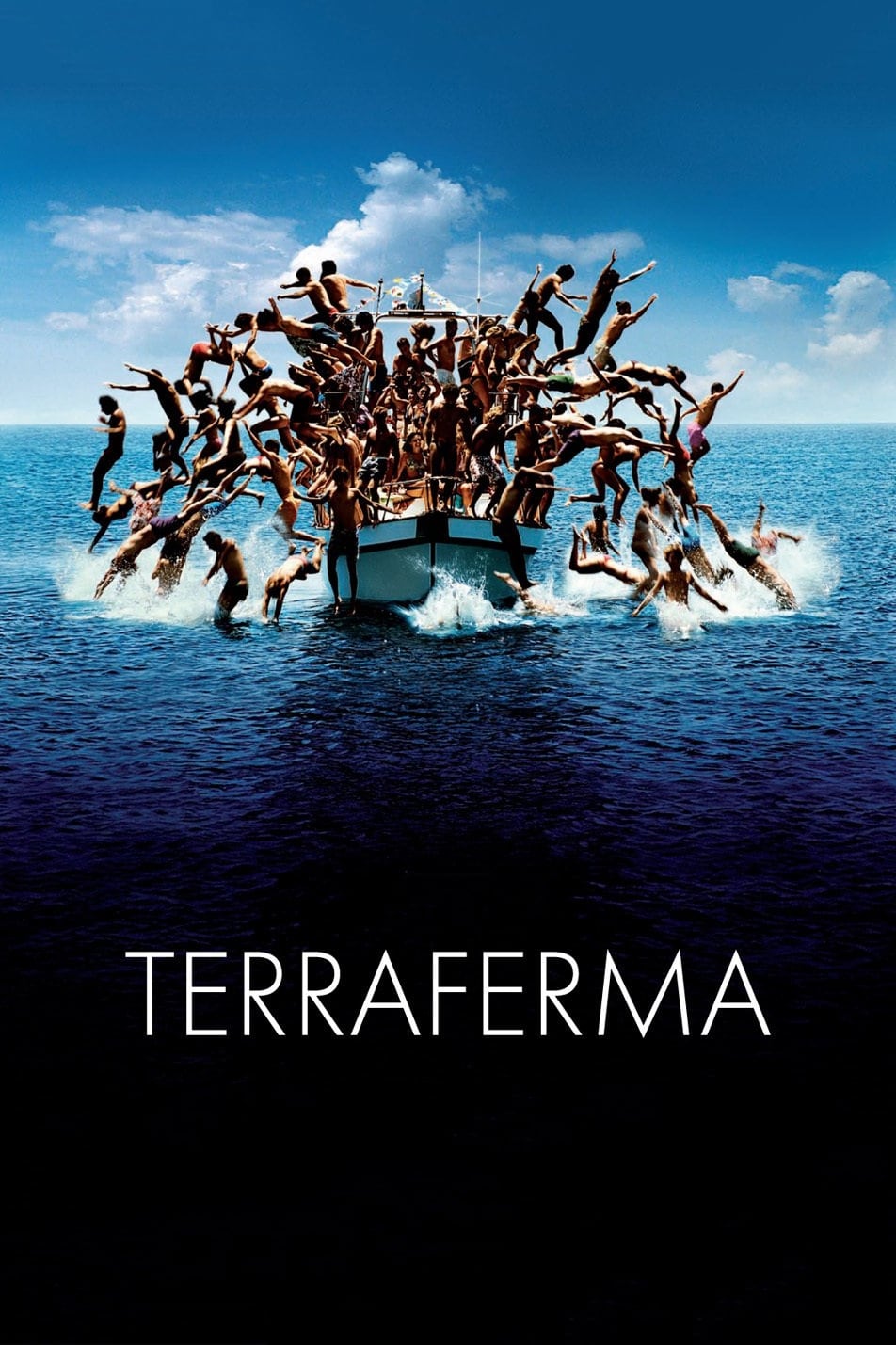
Terraferma (Dry Land), a 2011 Italian drama film directed by Emanuele Crialese, is a poignant exploration of the clash between tradition and modernity, the struggles of migration, and the moral dilemmas faced by individuals in an increasingly globalized world. With its compelling storytelling and stunning visuals, the film received critical acclaim and represented Italy as its official entry for the Best Foreign Language Film at the 84th Academy Awards. This article delves into the themes, characters, and cultural significance of Terraferma, showcasing why it remains a powerful piece of modern Italian cinema.
Table of Contents
- Introduction to Terraferma
- About the Director: Emanuele Crialese
- Plot Summary
- The Main Characters
- Ernesto
- Filippo
- Giulietta
- Sara
- The Refugees
- Themes in Terraferma
- The Struggles of Migration
- Tradition vs. Modernity
- The Ethics of Survival
- Humanity and Empathy
- Cinematography and Setting
- Cultural and Political Context
- Critical Reception and Awards
- Why Terraferma is Relevant Today
- Frequently Asked Questions (FAQs)
- Conclusion: A Timely and Timeless Film
1. Introduction to Terraferma
Terraferma is set on a small, fictional Sicilian island where the rhythms of traditional fishing life are disrupted by an influx of migrants arriving by sea. The film explores the tension between the island’s long-standing customs and the harsh realities of the global refugee crisis. Through its nuanced characters and powerful imagery, Terraferma becomes a microcosm of the broader humanitarian and ethical challenges faced by Europe and the world.
2. About the Director: Emanuele Crialese
Emanuele Crialese is a critically acclaimed Italian filmmaker known for his ability to weave socially relevant themes with intimate storytelling. His earlier works, such as Respiro (2002) and Golden Door (Nuovomondo, 2006), also explore migration, identity, and human resilience. With Terraferma, Crialese builds on his reputation as a filmmaker unafraid to tackle complex and politically charged topics.
3. Plot Summary
The film follows the Pucillo family, who live on a remote Sicilian island that is steeped in tradition. Ernesto, the family patriarch, is an old fisherman who clings to the island’s customs, while his grandson, Filippo, represents the younger generation struggling to find its place in a changing world.
Their lives take a dramatic turn when they encounter a group of African refugees stranded at sea. Despite the authorities’ strict instructions to turn away migrants, Ernesto chooses to help and shelter a pregnant woman named Sara and her son. This act of humanity sets off a chain of events that forces the family to confront their values, their future, and the harsh realities of migration.
4. The Main Characters
Ernesto
Ernesto, portrayed by Mimmo Cuticchio, is a man deeply rooted in the traditions of his ancestors. His decision to help the refugees reflects his moral compass, but it also puts him at odds with modern laws and the pressures of survival.
Filippo
Filippo (Filippo Pucillo), Ernesto’s grandson, represents the generational divide. He is torn between his grandfather’s values and the practical challenges of living in a world that demands adaptation and compromise.
Giulietta
Giulietta (Donatella Finocchiaro), Filippo’s mother, is pragmatic and concerned about the family’s future. She fears the consequences of helping the refugees, highlighting the tension between moral duty and self-preservation.
Sara
Sara (Timnit T.) is one of the refugees rescued by Ernesto. Her resilience and determination to protect her son become a focal point of the film, symbolizing the humanity often lost in political debates about migration.
The Refugees
The refugees in the film are not merely symbols but individuals with stories of courage, loss, and hope. Their presence challenges the characters and the audience to confront their own humanity.
5. Themes in Terraferma
The Struggles of Migration
Terraferma captures the desperation and bravery of refugees risking their lives to escape war, poverty, and persecution. Their plight is depicted with sensitivity, shedding light on the human stories behind the statistics.
Tradition vs. Modernity
The film explores the tension between the old ways of life, represented by Ernesto, and the new challenges brought by globalization and tourism. This conflict is emblematic of the broader struggles faced by many small communities in a rapidly changing world.
The Ethics of Survival
One of the film’s central questions is whether survival justifies turning a blind eye to others’ suffering. Through the Pucillo family’s dilemma, Terraferma examines the moral compromises people make in the face of hardship.
Humanity and Empathy
At its heart, the film is a plea for compassion and empathy. Ernesto’s decision to help Sara and her son is a reminder that human connection transcends borders, laws, and fear.
6. Cinematography and Setting
The film’s cinematography, by Fabio Cianchetti, captures the stark beauty of the Sicilian landscape, with its turquoise waters and rugged coastlines. The island’s isolation becomes a metaphor for the moral and existential dilemmas faced by the characters. The visuals juxtapose the idyllic setting with the harsh realities of migration, creating a powerful contrast that heightens the film’s emotional impact.
7. Cultural and Political Context
Terraferma was released during a time of heightened awareness of the Mediterranean migration crisis, as thousands of refugees were crossing the sea in search of safety in Europe. The film reflects the tensions between humanitarian ideals and the policies aimed at controlling migration, offering a deeply human perspective on these issues.
8. Critical Reception and Awards
Terraferma received critical acclaim for its storytelling, performances, and visual style. The film won the Special Jury Prize at the 2011 Venice Film Festival and was Italy’s official submission for the Best Foreign Language Film at the Academy Awards. Critics praised its ability to tackle complex social issues while maintaining an intimate and emotionally resonant narrative.
9. Why Terraferma is Relevant Today
More than a decade after its release, Terraferma remains profoundly relevant. The migration crisis continues to be a pressing global issue, and the film’s themes of empathy, tradition, and moral responsibility resonate with audiences facing similar challenges in today’s world. Its message of compassion and human dignity is as urgent as ever.
10. Frequently Asked Questions (FAQs)
1. What is the main theme of Terraferma?
The film explores themes of migration, tradition, modernity, and the moral dilemmas faced by individuals in a globalized world.
2. Who directed Terraferma?
The film was directed by Emanuele Crialese, known for his works focusing on migration and identity.
3. What awards did Terraferma win?
The film won the Special Jury Prize at the 2011 Venice Film Festival and was Italy’s official submission for the Academy Awards.
4. Is Terraferma based on true events?
While the film is fictional, it is inspired by real-life events and issues surrounding the Mediterranean migration crisis.
5. Where was Terraferma filmed?
The film was shot on the Sicilian islands, capturing their natural beauty and isolation.
6. Why is the title Terraferma significant?
The title, meaning “dry land,” symbolizes safety and stability but also reflects the complex relationship between the island’s inhabitants and the refugees seeking refuge.
11. Conclusion: A Timely and Timeless Film
Terraferma (Dry Land) is a masterful exploration of the intersection between personal morality and global crises. Emanuele Crialese’s powerful storytelling and the nuanced performances by the cast create a film that is both deeply moving and socially relevant. By focusing on the human side of migration, Terraferma challenges viewers to reflect on their own values and the importance of empathy in an increasingly divided world.
